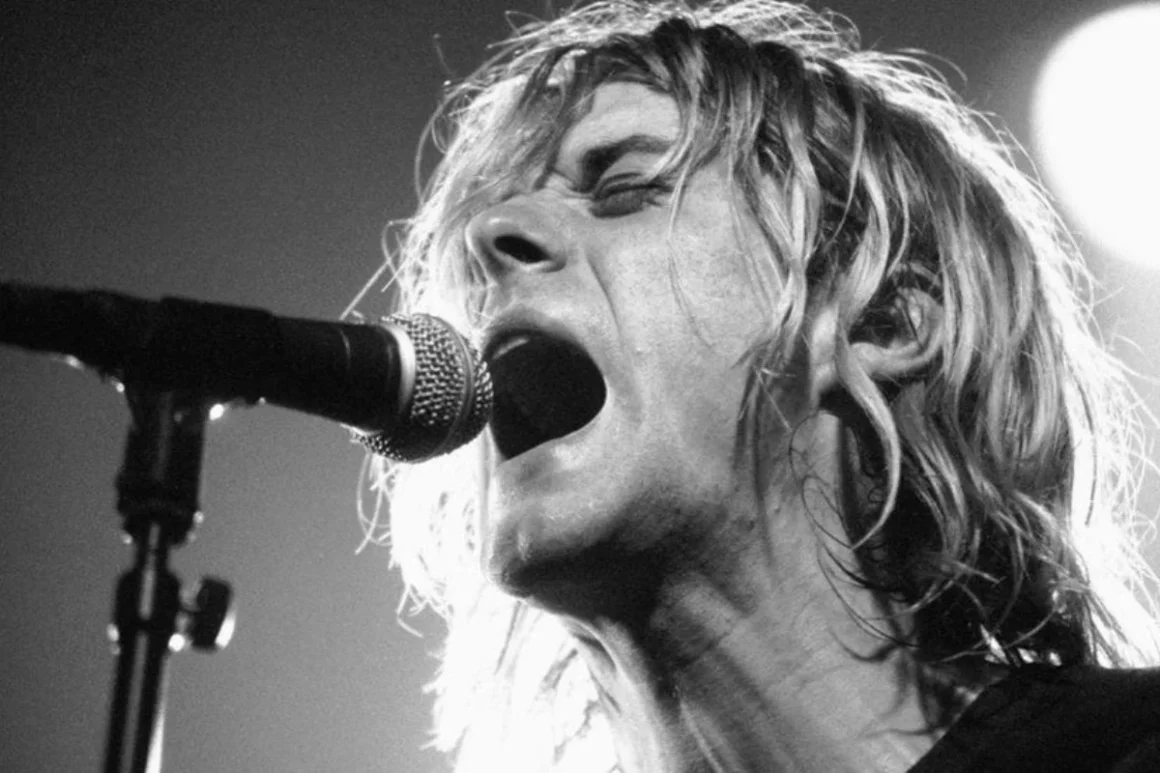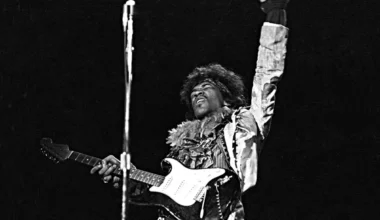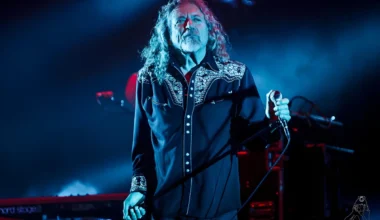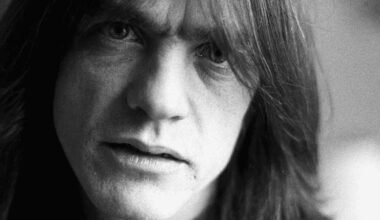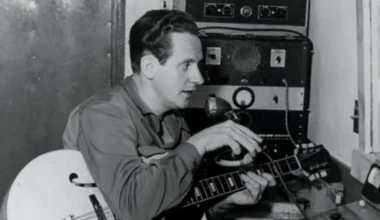Some artists seem destined for arenas and stadiums. Bruce Springsteen, for instance, has made massive venues his second home, thrilling tens of thousands with his legendary performances.
His shows are a spectacle, where the size and length of each performance are essential parts of the experience.
But not all artists fit so seamlessly into such grand spaces—Nirvana, for example, thrived in the intimate chaos of underground venues before being thrust into the spotlight of stadium-sized fame.
Nirvana began their journey in the gritty, DIY spaces of Washington’s grunge scene, performing at house shows and punk gigs.
Their raw, sludgy sound seemed perfectly suited to cramped rooms filled with 50 to 100 sweaty fans, feeding off the energy as the music reverberated through the small space.
Nirvana’s early gigs were intense, immersive experiences that pushed both the band and the crowd to the edge.
But as the trio—Kurt Cobain, Dave Grohl, and Krist Novoselic—found mainstream success, their days of playing in basements and DIY venues quickly came to an end.
With hits like “Smells Like Teen Spirit” and “Come As You Are,” Nirvana’s audience expanded far beyond the Washington underground.
Suddenly, they were filling larger and larger venues, with their once-close-knit crowds morphing into legions of fans.
By the time they played Reading Festival, an astonishing 50,000 people packed in to see them. Despite their massive success, Kurt Cobain never fully embraced the move to arena shows.
In a 1993 interview, Cobain revealed that the band never intended to play for such large crowds.
He didn’t even enjoy being part of the audience at those kinds of shows, much less performing at them.
“I’ve hardly ever enjoyed watching an arena rock show,” Cobain admitted. “I’ve only seen a few.”
There was, however, one big show that stood out to him: an Aerosmith concert he attended about a decade earlier.
Cobain’s fondness for the event had less to do with the size of the show and more with his deep love for Aerosmith’s music.
“That’s just because I like the band so much,” he said, explaining that he was familiar with all their songs.
While he enjoyed the performance, Cobain added that he would have preferred to see them in a smaller, more intimate venue, saying, “I would have rather seen them in a club or a theater of a few thousand people.”
Cobain’s preference for smaller settings is easy to understand. Watching a band up close in a club or small theater offers a raw, unfiltered experience that arena shows just can’t replicate.
There’s a certain magic in feeling the music in such an immediate, visceral way, surrounded by people who are just as immersed as you.
Sure, smaller venues can be sweatier and more cramped, but that only adds to the intensity of the experience.
For a band like Nirvana, DIY spaces were the perfect setting for their music, fostering a sense of community and creativity that larger venues often lack.
While arena shows can feel distant and removed, with fans straining to see the stage from afar, smaller venues offer a connection between artist and audience that’s hard to beat.
Despite Nirvana’s rise to worldwide fame, it’s clear that Cobain always longed for the days when the band played those intimate, sweaty shows.
For him, the heart of rock music remained in the small, DIY venues where it all began. Arena shows, no matter how impressive, just couldn’t capture that same electric atmosphere.

